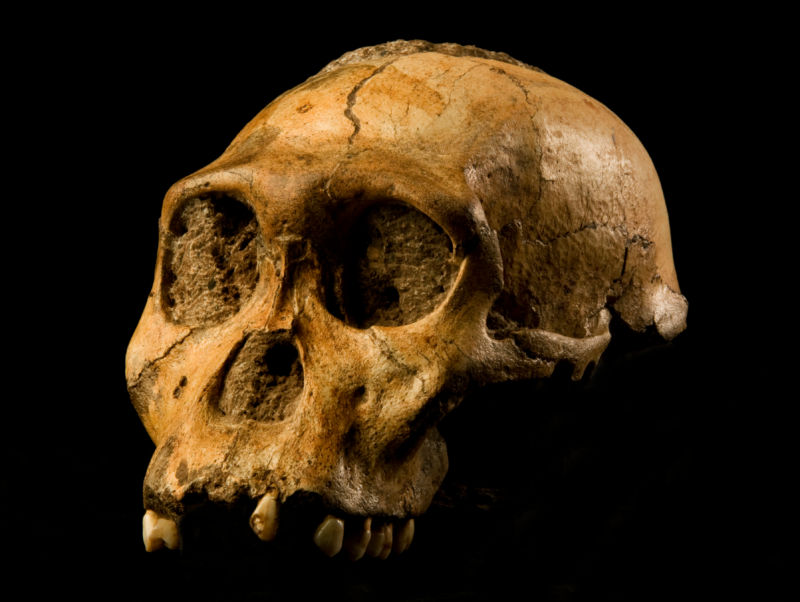We probably don’t descend from Australopithecus sediba

Enlarge / According to Du and Alemseged, A. sediba is probably not our direct ancestor. (credit: Brett Eloff courtesy Profberger and Wits University)
Sometime around 2 million years ago, a group of bipedal hominins in Eastern Africa gradually evolved into something that looked and acted enough like us to be part of our genus, Homo. This was an important moment in the evolutionary history of our species, but paleoanthropologists aren't sure yet exactly which species actually gave rise to our branch of the hominin family tree. A new study, however, suggests that we can probably rule out one of the contenders.
Where did we come from?The top contenders include a species called Australopithecus sediba, known from the fossilized remains of two adults and four children who apparently fell to their deaths in Malapa Cave around 1.9 million years ago. The other top contender is called A. afarensis, best known from the 3.2-million-year-old skeleton nicknamed Lucy and a set of preserved footprints near Laetoli, Tanzania.
Both species walked on two legs and probably made stone tools, but their shoulders, arms, and hands were also still built for climbing trees. So which species is actually our ancestor, and which is just a distant cousin?
Read 10 remaining paragraphs | Comments